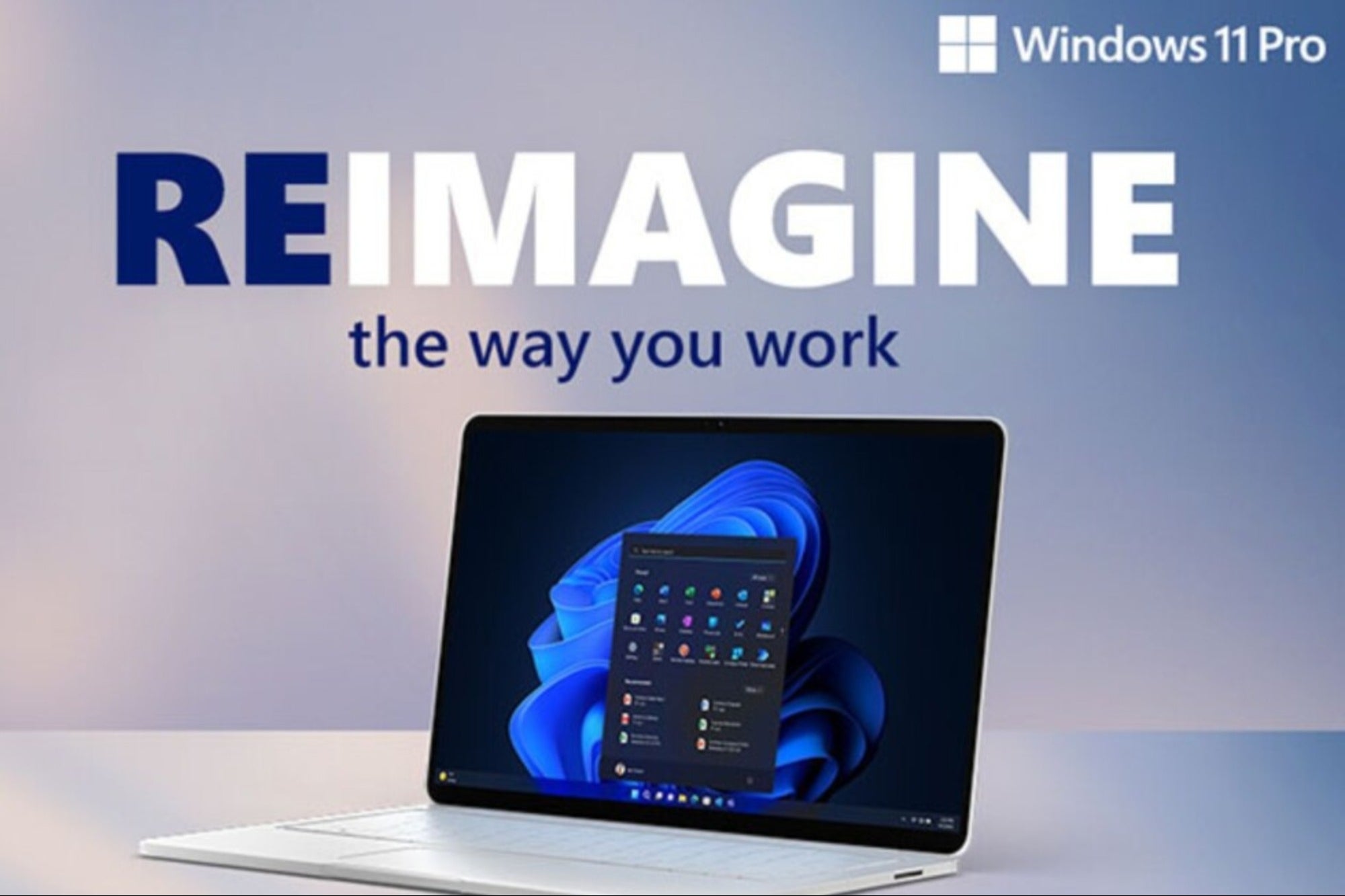The Expensive Wake-up Call That Changed My Perspective: Why Silence Works Better Than Ads in the Luxury Market Why the most successful luxury platforms are built in silence, not with splashy launches. A firsthand look at the rise of 'invisible marketing' in high-end markets.
By Giovanbattista Cimmino Edited by Jason Fell
Opinions expressed by BIZ Experiences contributors are their own.
You're reading BIZ Experiences Europe, an international franchise of BIZ Experiences Media.

The luxury world isn't going digital. It's going dark.
When visibility becomes a liability, the smartest marketing strategy might be no marketing at all.
Last summer, I received an email from the CMO of a heritage fashion house. She wanted to partner on a "next-gen luxury experience": a digital launch backed by influencers, Meta ads, and a seven-figure press tour. Five years ago, I would have replied within five minutes.
Today, I never even sent the proposal.
The reason? I've spent the past 12 months quietly building a luxury platform that doesn't rely on traditional promotion. No paid ads. No influencers. No press blitz. The homepage isn't even indexed by Google yet. Early partnership discussions suggest this approach is working, though it's too early to claim victory.
This isn't a stunt. It's a strategy rooted in a painful lesson about how luxury consumers actually behave.
The expensive wake-up call that changed my perspective
In 2023, my agency secured what seemed like a dream project: marketing luxury real estate developments across southern Europe. We had everything—serious production budget, paid media allocation and exclusive inventory. Our campaign reached millions of targeted impressions with above-average engagement rates.
We generated exactly zero qualified leads.
Not low conversions. Zero.
When we interviewed target customers afterward, their feedback was brutal. The most common response? "If I saw it advertised online, it can't be that exclusive." One family office advisor in Geneva put it bluntly: "The properties we actually buy aren't on Instagram."
That failure cost us the client and nearly £200,000 in sunk costs. But it taught me something invaluable.
In ultra-high-net-worth circles, visibility had become a liability.
The invisible economy I discovered
Over the next six months, I interviewed family offices, boutique hotel owners, and luxury service providers across Europe. The pattern was consistent: the best-performing businesses weren't optimizing for reach.
They were optimizing for invisibility.
This shift isn't just anecdotal. Private banking reports consistently show ultra-high-net-worth individuals increasingly valuing discretion over display. The most successful luxury businesses I studied had already adapted to this reality.
One Monaco concierge doubled revenue after shutting down its Instagram and moving to WhatsApp-only. A yacht charter platform built a multi-million business through invitation-only Telegram groups with just a few hundred members. These weren't marketing tactics. They represented an entirely different philosophy.
But here's what surprised me most: not everything worked this way.
I also found plenty of failures. A Swiss watch dealer lost 40% of revenue trying to go "too exclusive." A London art gallery's members-only strategy backfired when they couldn't generate enough word-of-mouth. The lesson? Invisibility only works when you have something genuinely worth hiding.
My three-phase experiment (and what went wrong)
Inspired by these findings, I began developing my own test: a platform built on radical privacy principles. Instead of following the startup playbook, I reversed every step.
Phase 1: Silent testing
I built a basic prototype without branding or analytics. No domain announcements. No team updates. I personally reached out to 15 potential users who collectively managed significant discretionary spending.
The early results were promising. Within 72 hours, most had shared it with their networks. But I also made mistakes. My initial interface was too complex. Three users dropped off immediately because the onboarding took 20 minutes.
Phase 2: Controlled expansion
Rather than opening registrations, I made access harder. New users needed referrals. Registration required video calls.
This friction had mixed results.
Yes, it created exclusivity. But it also frustrated legitimate users. One potential partner, a luxury travel curator I'd worked with before, gave up after the third step. I had to manually onboard her and redesign the entire process.
At one point, I nearly made a fatal mistake. I considered launching with a viral waitlist campaign: "10,000 spots for the world's most exclusive platform." My finger was literally hovering over the publish button when I realized this would destroy everything we'd built. The contradiction would have killed our credibility overnight.
Phase 3: Strategic partnerships
Instead of traditional B2B sales, I focused on "silent partnerships." No announcements. No case studies. Just direct value exchange with select partners.
This is where the model started clicking. I've been applying these principles with luxury.it, testing whether a platform built on invisibility could actually create more value than one built on virality. But even then, two partnerships failed because I couldn't provide the social proof they needed for internal buy-in. Invisibility has its costs.
What BIZ Experiencess can actually take away
Through this experiment, I've identified principles that apply beyond luxury markets:
Not every product needs a launch. Test with five ideal customers before you tell 5,000 strangers. Early users shape products better than early publicity.
Friction can be a feature. The right obstacles filter for the right audience. But know the difference between valuable friction and poor user experience.
Some metrics matter more than others. I track "invitation scarcity": how many users could invite others but choose not to. High scarcity often signals high value perception.
Failure teaches more than success. My biggest learnings came from the watch dealer who went too exclusive and the gallery that couldn't generate organic growth. Study both extremes.
The counterintuitive path forward
We're entering an era where certain audiences actively avoid findable brands. They don't want to discover products; they want products to be revealed to them through trusted sources.
This doesn't work for every business. Most companies still need traditional marketing. But for specific segments, particularly those serving privacy-conscious affluent consumers, the old rules are reversing.
Luxury consumers increasingly interpret easy access as low value.
The path forward isn't about shouting louder. It's about knowing when to whisper and when to stay completely silent.
Six months ago, that fashion house CMO reached out again. She'd heard about what we were building through her network. This time, she didn't want a campaign.
She wanted to understand how to disappear.
Some brands chase attention. Others choose to be discovered only by the few who matter. In today's market, the rarest value signal might be silence itself.











